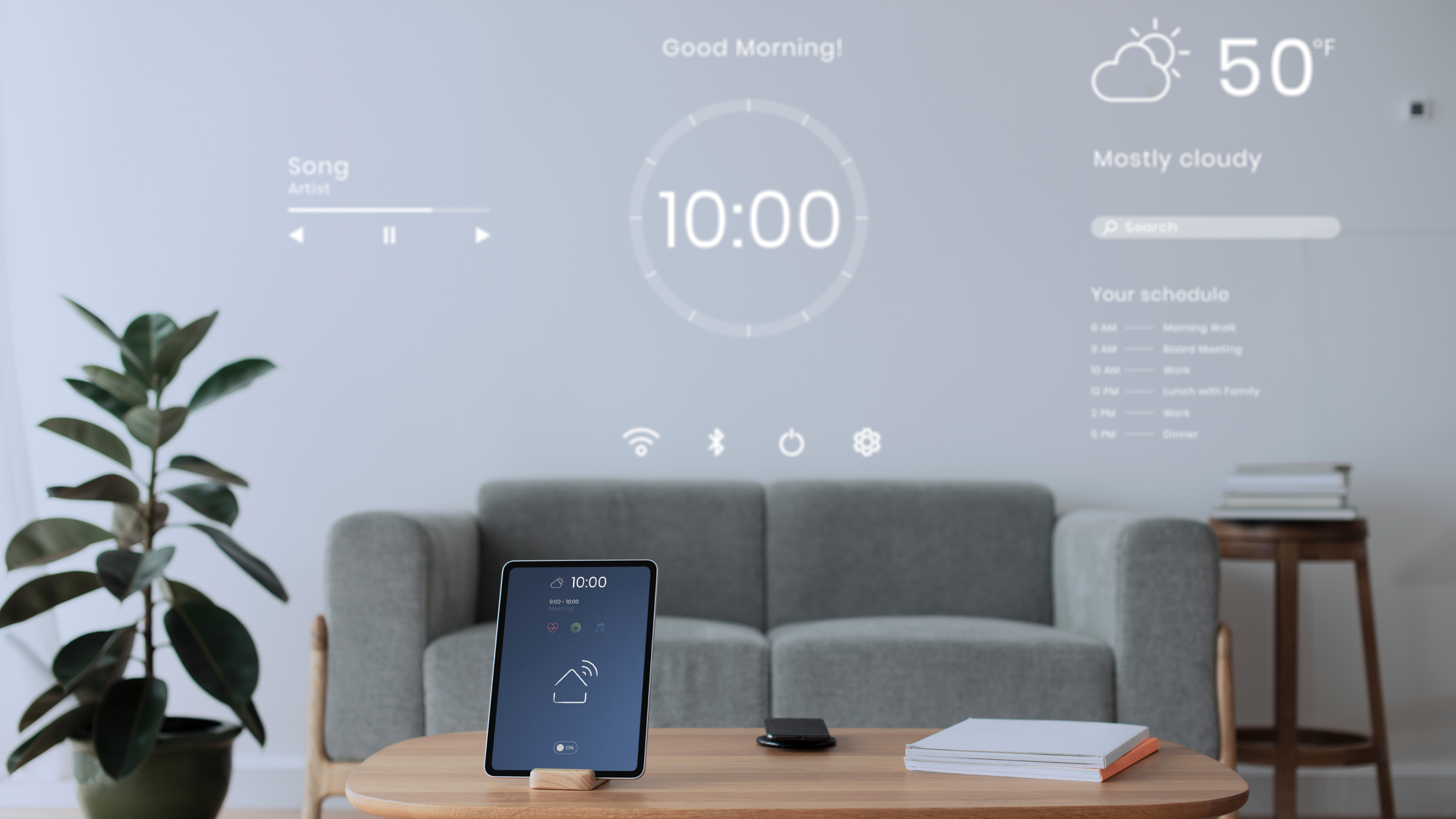In today’s world, where people spend nearly 90% of their time indoors, the quality of the air we breathe has never been more important. Poor air quality is linked to reduced productivity, health risks, and higher operational costs for businesses. Yet, most organizations still rely on outdated methods—or no monitoring at all—to manage their air environments.
This is where IoT-powered Air Quality Monitoring is transforming the game.
Why Air Quality Matters More Than Ever
Air pollution isn’t just an outdoor problem. Offices, factories, warehouses, and even cold storage facilities face issues like:
- High CO₂ levels, reducing alertness and productivity.
- Dust, VOCs, and chemical pollutants affecting employee health.
- Poor ventilation increasing energy usage and safety risks.
Healthy air doesn’t just protect people—it directly impacts business efficiency.
How IoT Makes Air Quality Smarter
Traditional monitoring methods are reactive and limited. IoT-based systems, on the other hand, provide real-time, connected intelligence by:
- Tracking key parameters like CO₂, PM2.5, humidity, and temperature.
- Sending alerts instantly when air quality falls below safe thresholds.
- Integrating with HVAC/BMS systems for automatic corrections.
- Analyzing long-term data to optimize ventilation and reduce energy consumption.
With IoT, businesses can move from reactive fixes to proactive prevention.
Building Healthier, Smarter Spaces
Smart Air Quality Monitoring is not just for compliance—it’s about creating environments where people thrive. Industries already leveraging this include:
- Corporate Offices – Improve workforce focus and comfort.
- Manufacturing Plants – Protect workers from harmful particles.
- Healthcare Facilities – Maintain sterile, safe environments.
- Smart Cities – Monitor pollution trends for urban planning.
By connecting air quality data to a central dashboard, decision-makers gain complete visibility and control over their spaces.
The Bigger Picture: Sustainability & Compliance
Clean air goes hand-in-hand with sustainability. IoT-driven monitoring helps reduce energy wastage by optimizing HVAC usage, while also ensuring compliance with global air quality standards.
For businesses, this translates into:
- Healthier employees
- Lower operational costs
- Reduced carbon footprint
- Stronger ESG (Environmental, Social, Governance) commitments
